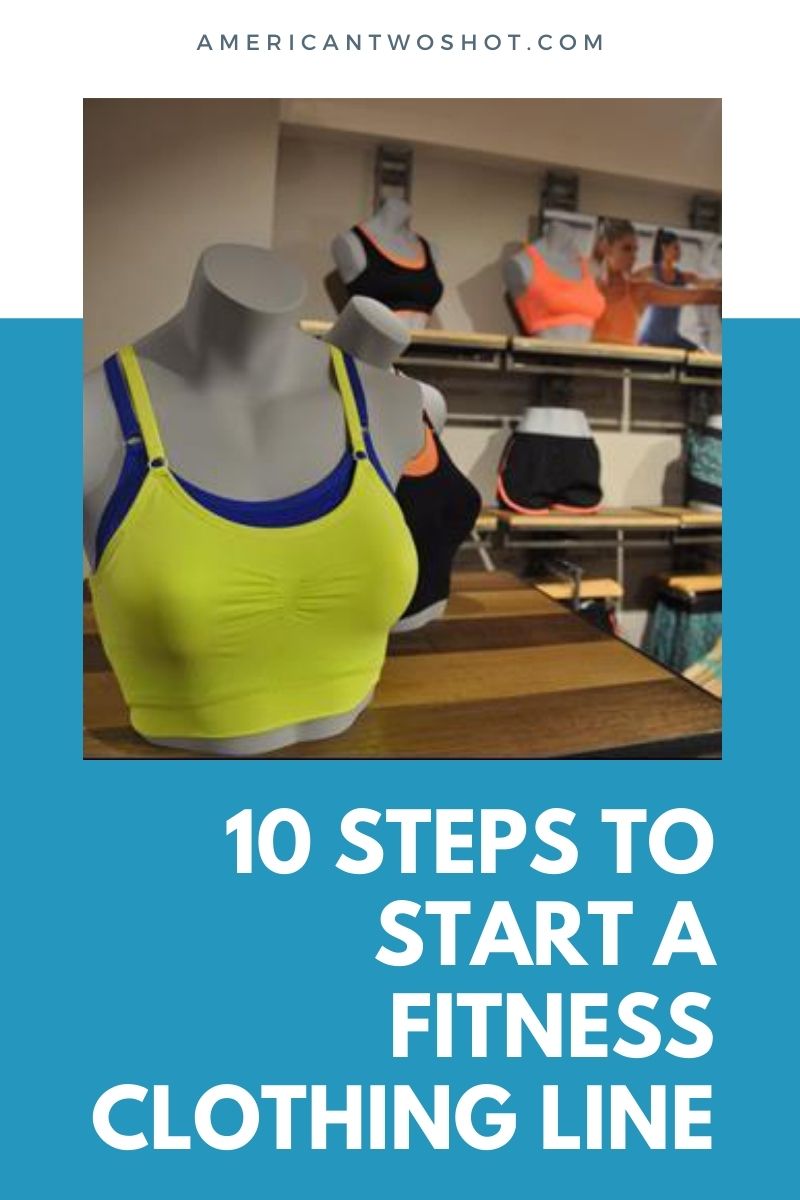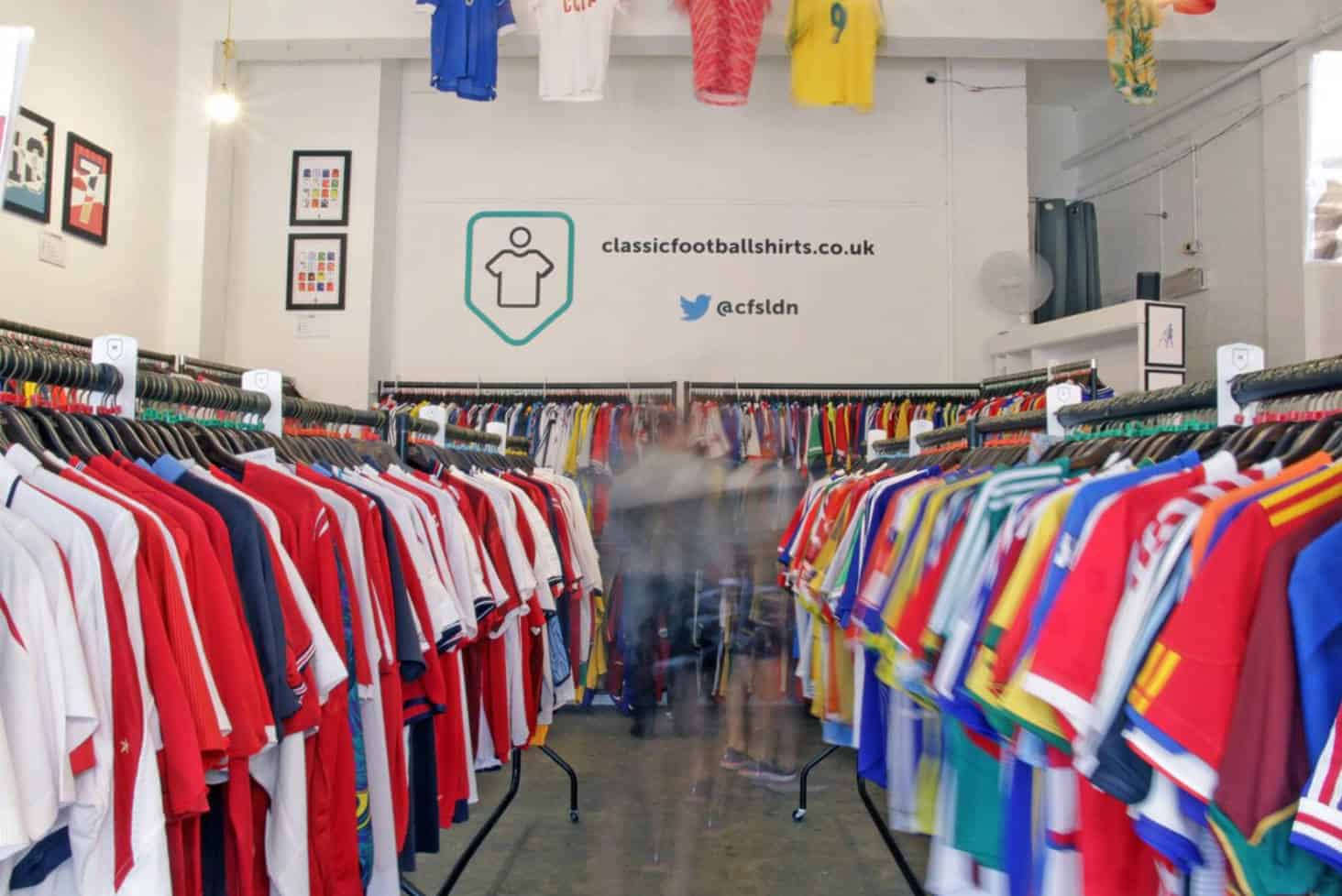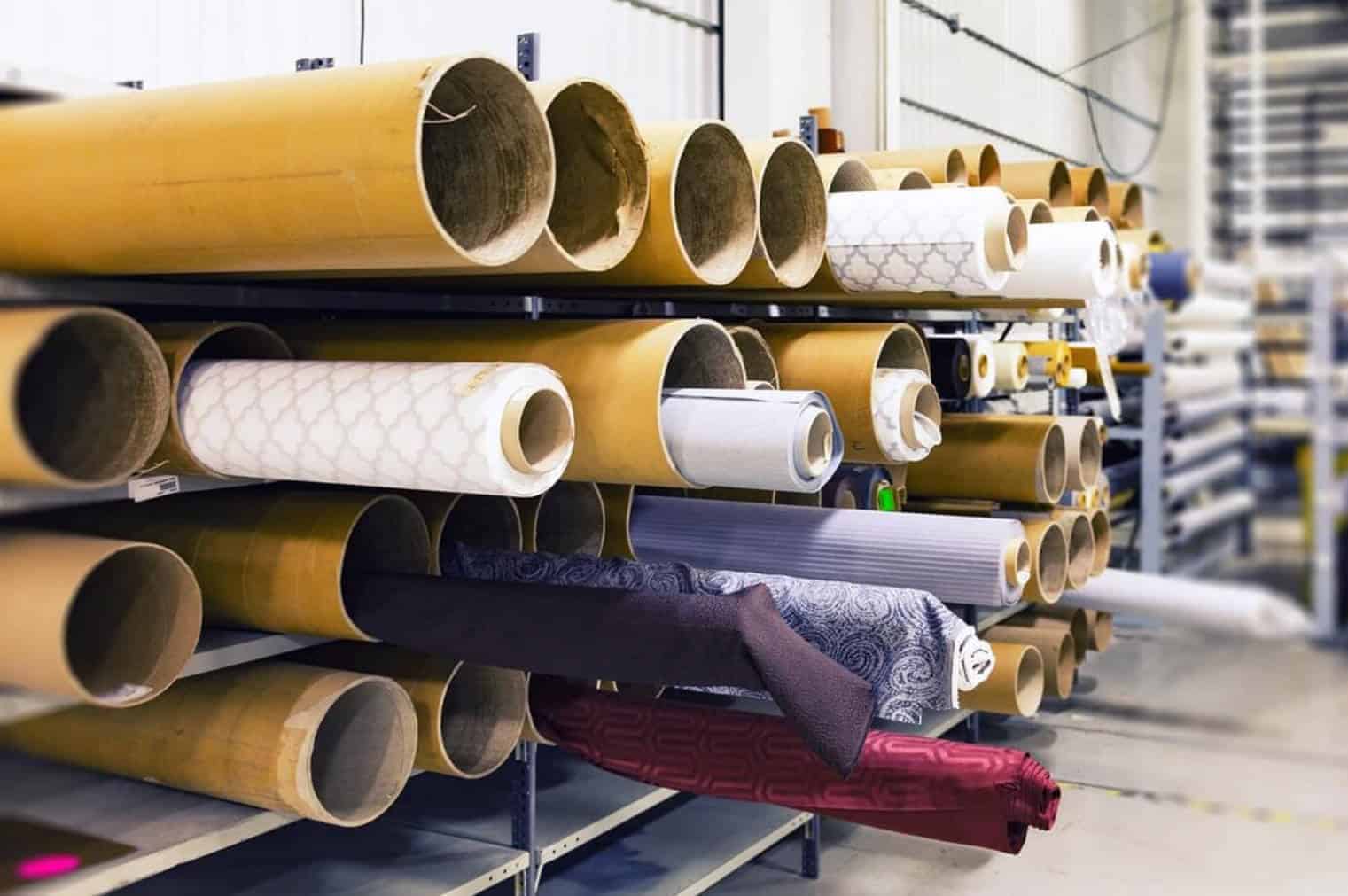If you’re thinking of starting your fitness clothing line, there’s a ton to consider. However, don’t fret because activewear is no longer a niche reserved only for big brands like Adidas and Nike. To help you launch your business, here’s a 10-step guide on how to start a fitness clothing line.
Step 1: Conduct industry research
You’ll be competing against industry titans like Nike, so you want to make sure if there’s a significant demand so your clothing line can thrive. Therefore, you need to study the market and your potential customers.
Start researching and creating a profile of your target customers. Gather as much information as possible and figure out how to serve them.
Remember that today’s sports apparel aims for comfort, functionality, and appearance. These impact the mix of products you’ll offer as well as the marketing strategies you’ll use.
Take time to research your competitors as well. Knowing your competitors will help you find possibly interesting ideas not explored by other clothing lines yet and can help you stand out from the crowd.
When you conduct thorough market research, you can easily create targets and realistic goals, allowing your business to expand quickly.
Step 2: Carve out your niche
Since the clothing industry is a saturated market, you must identify a lucrative niche that is unique or new to your target audience.
Leverage the research material and resources you’ve already gathered. Then, you may put the ideas you’ve gathered to the test and create fitness clothing that fits your target buyers’ needs.
One excellent trick in niching down is to narrow your ideal customer to a single person. Imagine the one you’d like to see come and enter your store. Once you’ve identified their characteristics as well as their needs, you may start expanding on them and create a somewhat broader customer range.
The design of your garments is also a part of your brand. You’ll need to decide on your patterns, styles, and materials to create a perception of your ultimate product.
Decide if you want to start with activewear or athleisure as you grow your fitness clothing company, as they are two distinct styles.
Activewear is the clothing worn to sweat in or work out, such as during exercise, sports, and outdoor activities. It’s casual, light, and usually form-fitting.
On the other hand, athleisure clothes are at the crossroads of activewear and casual clothing. They can be worn day or night for recreation and even during formal activities.
Furthermore, you can choose your offers based on your demographics. If your location has a strong sports presence, for example, be sure to include sports-themed clothing in your selection.
Once you have identified your niche, decide on the elements you want to add to your designs to make your final product shine in the market.
Step 3: Create a solid business plan
Every new business must start with a solid business plan. A business plan is a written document that outlines your business’s objectives and how it will achieve them.
Begin by determining the type of business you’d like to pursue. The three basic clothing business models are print-on-demand, private label, and custom cut. Take time to learn about them before choosing one.
You don’t need to be a marketing graduate or a business expert to succeed in your new business. However, you should be familiar with the nuances of business operations, good customer service, and marketing.
A good business plan includes an executive summary, products or services, budget, financial planning, and marketing strategy and analysis.
Your business plan should cover questions like
- What are the costs of starting a fitness clothing line?
- What are the operational expenses?
- Who are the potential buyers?
- What is the profit margin for a fitness apparel business?
- How much can you charge for your products?
If you plan on applying for a business loan, your bank will require your business plan to assess whether to grant your business loan. You can ask experts to assist you in preparing your business plan. There are also books and templates online that you can use as guides.
Step 4: Obtain licenses and permits
Starting a new business is exciting. However, follow all rules and regulations from the start to avoid complications later.
Business license and permitting regulations vary by state and locality. To be sure, check with your local licensing agencies to learn about laws in your area.
You must select a legal entity for your business before opening it. A sole proprietorship is the quickest way to start a business. You’ll be able to start your business quickly and report your earnings only on your income tax returns.
However, the quickest does not always imply the greatest. Before you launch your clothing company, it would be best to seek counsel from a licensed accountant.
You can be penalized or even shut down if your business does not have the necessary permissions, so save yourself from these headaches.
Step 5: Set up your shop
You’re ready to set up your store once you’ve secured the relevant permits and have manufacturers.
Take the following questions into consideration to help you start
- Are you planning to start your shop from your home then relocate later?
- Are you going to sell your items at a stall for the time being?
- Is it possible that you’ll become an online retailer?
- Is it possible to start with Facebook Marketplace or Instagram?
Whatever alternative you choose, consider how much time, work, and money it will take to prepare the space for your new fitness clothing line.
Step 6: Choose your manufacturer
If you reside near an industrial region, you can look for manufacturers in your locality. You might also meet clothing manufacturers at tradeshows and through textile industry networking.
Take time when selecting a manufacturer because quality will either make or break your new business. While an internet search maybe the simplest, entrusting your new venture to a company you know through a website can be dangerous.
Buying from a local store is a good idea, but make sure they have experience with fitness clothing. They should understand all the concepts and elements you want your clothing line to showcase, particularly if you will offer custom clothing.
To help you decide, you can request references from anyone who has previously worked with a manufacturer. This will assist you in determining whether they are trustworthy.
You may also ask for samples of their work before signing any contracts with them. Perform a comprehensive quality assurance check when you receive the samples. Examine the stitching and seams.
Check for colorfastness or spills by doing wash tests. For a more thorough evaluation, you can ask the manufacturers to conduct further assessments like stretch testing.
Step 7: Start building your brand
Your brand is what your business stands for and how the general public perceives it. Your company will stand out from the competition if it has a strong brand.
Since you’re launching a new business, the name and logo are generally the first items you should decide on as they can help you establish your identity.
Your brand name should accurately reflect the nature of your business. Before settling on a name, think about your values and visuals. Go with something that seems interesting to your target market.
Once you’ve decided on a name, create a logo that matches it. Keep in mind that as your business expands, your logo will change.
The whole goal of branding is to get your brand known. It’s crucial to have a presence on major social media sites like Facebook and Instagram. Creating a functioning and user-friendly website is also a key for your customers to find and interact easily with your business.
Step 8: Open separate business accounts
Having separate business banking and credit accounts is necessary for your protection. Your personal properties like your house and other possessions can be at risk if your business gets sued and your personal and business accounts are combined.
Building business credit can also help secure credit cards and other financings in your company’s name rather than your own. It also simplifies accounting and tax filing.
Step 9: Secure business insurance
Your business requires insurance to operate securely and legally. In case of a covered loss, business insurance safeguards your company’s financial status.
There are different insurance policies available for enterprises with varying levels of risk. Start with General Liability Insurance if you’re not sure what types of hazards your company may face. This is the most frequent type of coverage small businesses want, so it’s an excellent place to start.
Step 10: Set up a business phone
One of the most effective strategies to keep your personal and business lives distinct and private is to set up a business phone. It not only helps you automate your business, but it also lends it credibility and makes it more convenient for potential clients to contact you.
Summary
Starting a fitness clothing line can be intimidating at least at first. However, with the 10-step guide on how to start a fitness clothing line elaborated above, opening a clothing line is not that difficult at all, especially if it’s your passion. Begin one and make a name for yourself!

Jessica Oliver is a fashion enthusiast with more than ten years of experience in the industry. She previously managed her own clothing store in New York before becoming a mother of three. With a passion for sustainability and a desire to share clothing care and recycling tips.






